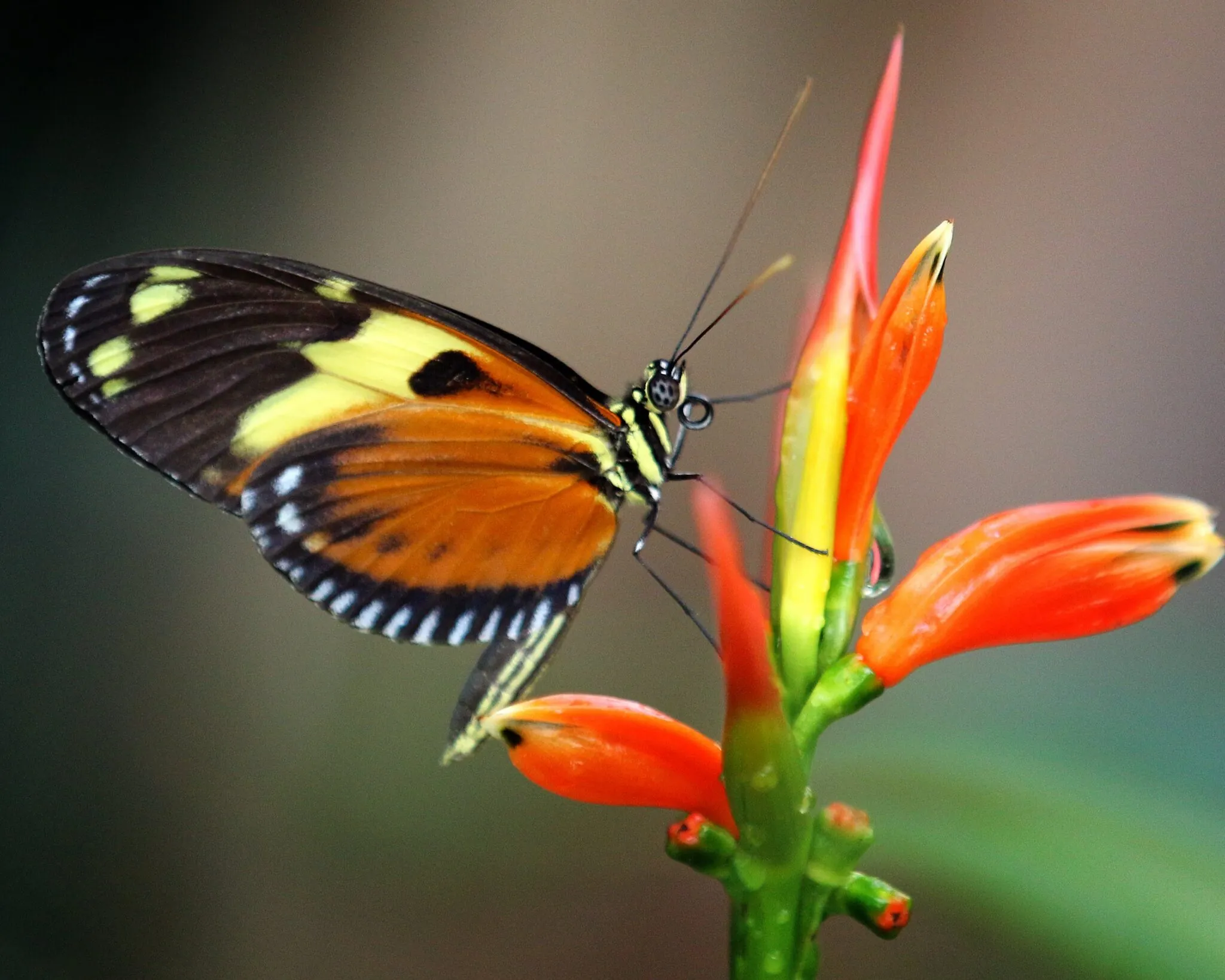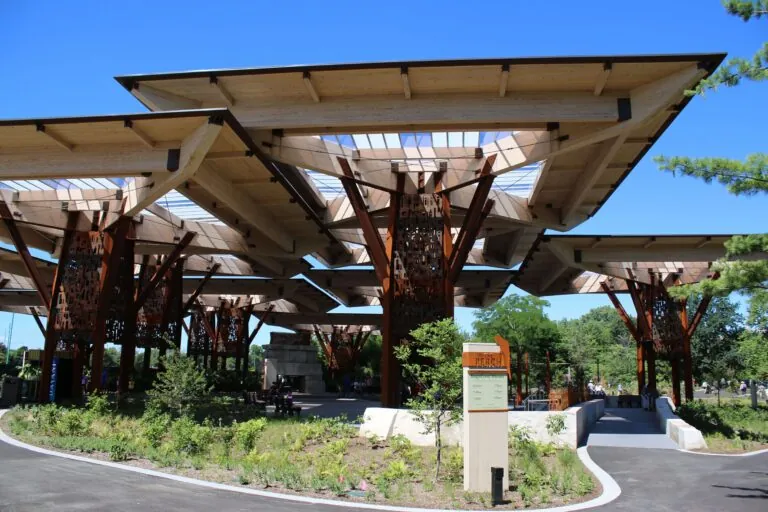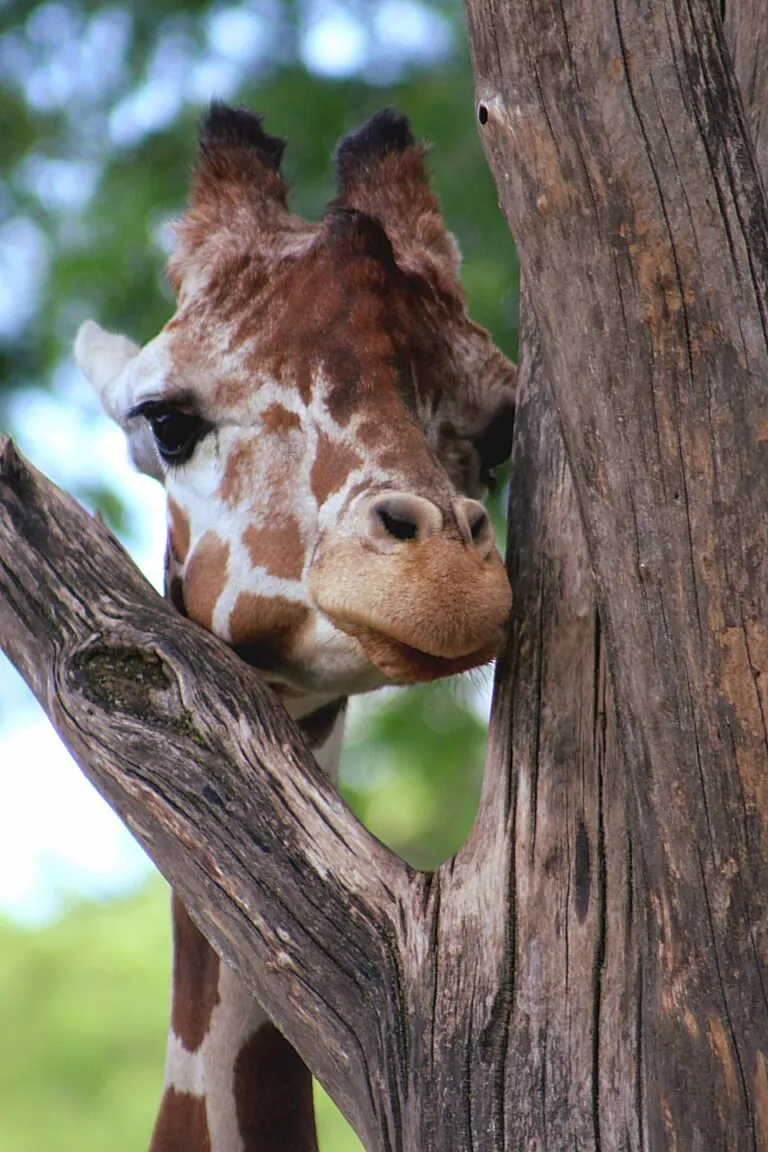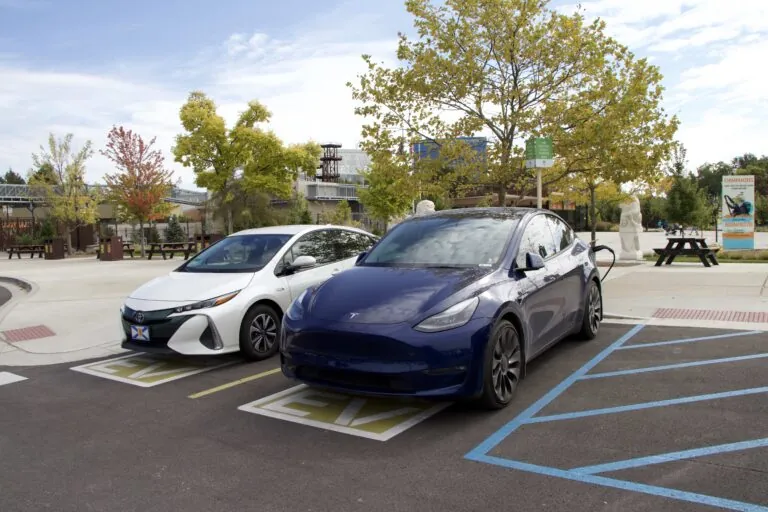
Promoting Sustainability
A key component of our conservation mission is to promote sustainability.
The Zoo tackles this mission on multiple fronts, including initiating and maintaining green practices at the Zoo and encouraging others to adopt a “greener” way of life. Check out some of the programs and exhibit features at the Zoo that help set a good example for sustaining a healthy environment in Indianapolis and far beyond.

The Bicentennial Pavilion is an all-seasons destination for family experiences and wild encounters.
While guests have the chance to meet magnificent macaws, enjoy unique animal programming and take part in community events, the pavilion itself celebrates sustainability. The 40,000 square foot structure creatively manages rainwater and utilizes beautiful landscaping with a purpose.
While creating a space for guests to stay out of the elements regardless of the season, the pavilion’s roof also serves as a way to collect rainwater. Each overlapping roof – created at different levels to mimic a forest canopy – has an opening in the center where water drops onto metal panels, creating a “rain chain” that the water slowly follows before dripping onto the plants below. This helps water more gently reach the plants and avoids erosion.
Similar to a forest, guests will see various species of large-leafed ground cover and flowering materials throughout the space. By choosing plants native to the area, the species will not only grow better, they are adapted to local soil and contribute to its health too.
The structure is created with weathering steel which naturally oxidizes to a rust color, therefore chemical coatings and paint can be eliminated. Plus, the patina dripping off the steel adds iron back into the soil. Excess water not soaked into the soil flows along bioswells into the storm water system, infiltration chamber and then returns to the natural aquifer below ground.
Forget about the gold standard — the Zoo is setting the “green” standard with the Simon Skjodt International Orangutan Center’s special roof.
A lush carpet of a hardy type plant called sedum is planted on top of lightweight growing substrate and a waterproof membrane. Sedum was selected for its regenerative abilities, low maintenance and tolerance to heat, drought, wind and frost. The green roof catches approximately 70 percent of an average day’s rainfall, while the remaining run off goes into 10,000 gallon storage tanks that are used for irrigation at the Zoo as needed. At approximately 6,400-square-feet, the Center’s green roof provides ecological, economic and aesthetic benefits now and for years to come. Look up high to see this special garden in the sky!
Here at the Zoo we’re committed to doing our part and helping our visitors be stewards for the environment. Beverage items in vending machines throughout the Zoo are available in recyclable glass bottles and aluminum cans, reducing single-use plastic. It’s just a start, but soon we hope to move completely away from providing beverages in plastic bottles.

POWER RECYCLING WEEKENDS
Electronics waste is a growing challenge with over 2.5 million tons of electronic waste incinerated or placed into landfills in the United States each year since 2009. Many of these electronic devices contain mercury and lead which could leech into the ground, contaminating soil and water supplies. The Zoo takes a leadership role in this challenge by hosting two Power Recycling weekends each year. Through these events, the Zoo and its partners typically recycle 15-20 tons of electronics from paper and paint to cell phones, computers and TVs.
GREEN BUSINESS INITIATIVE
The Zoo is a proud member of the Greater Indianapolis Chamber of Commerce’s Green Business initiative. The Zoo scores very high among local businesses in its programming and commitment to environmentally safe and sustainable practices and operations. Many different items are considered to achieve this designation, including reduction of paper usage, recycling, using eco-friendly products, reducing lighting, unplugging unused appliances, rain recovery systems, water recovery systems in our water facilities, and many more.

Park, plug, charge and conserve.Eco-friendly vehicles can charge at several stations in the parking lot thanks to AES Indiana. Electric cars are one of the most effective ways to reduce carbon emissions. Beyond producing fewer greenhouse gases, electric cars’ other advantages include cost, maintenance and the trend to use recycled materials in production.The recharging station can accommodate two vehicles and is available for a nominal charge for either four or eight hours.

